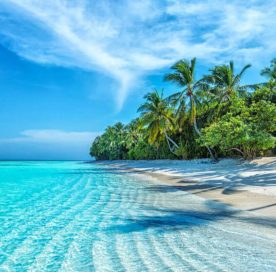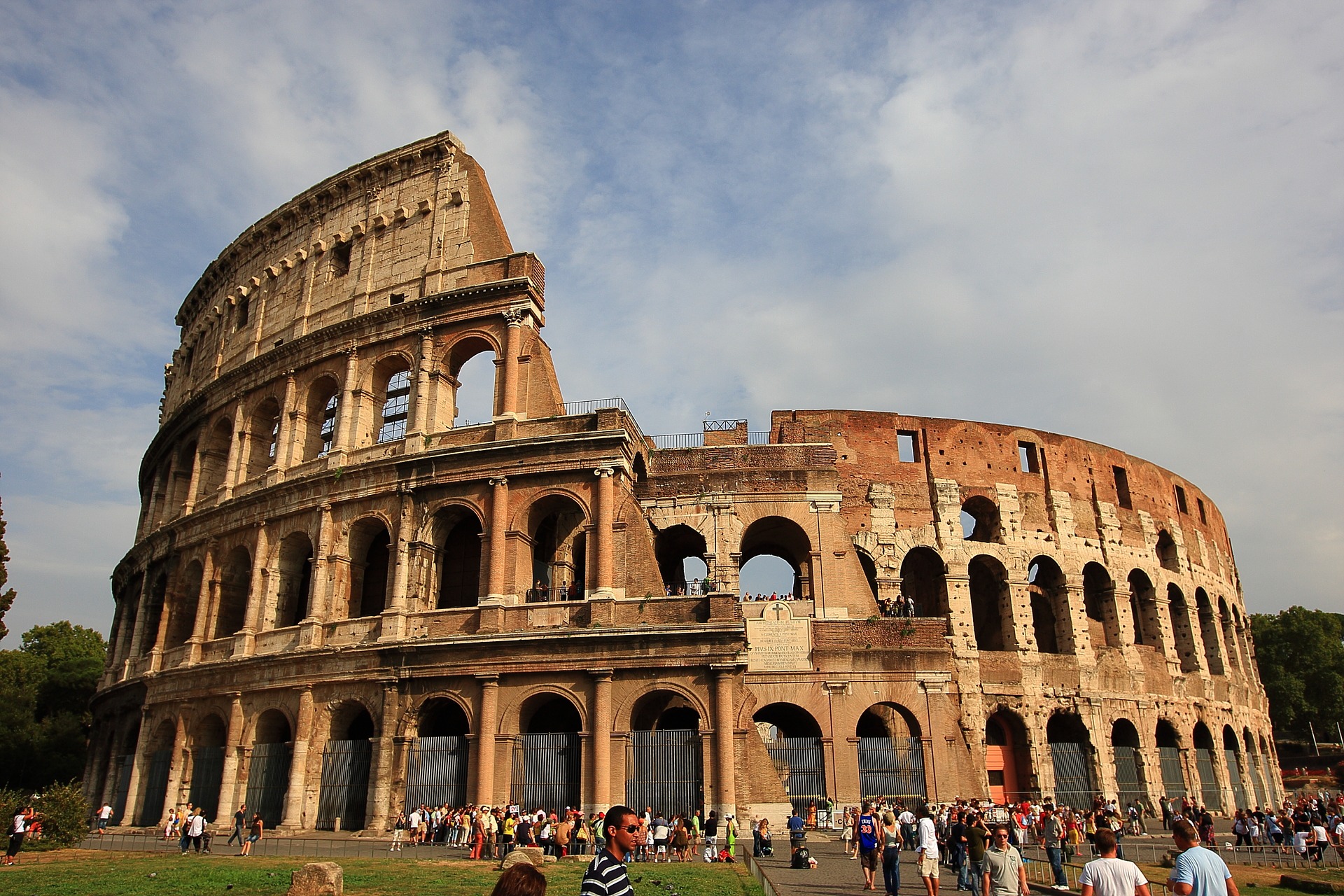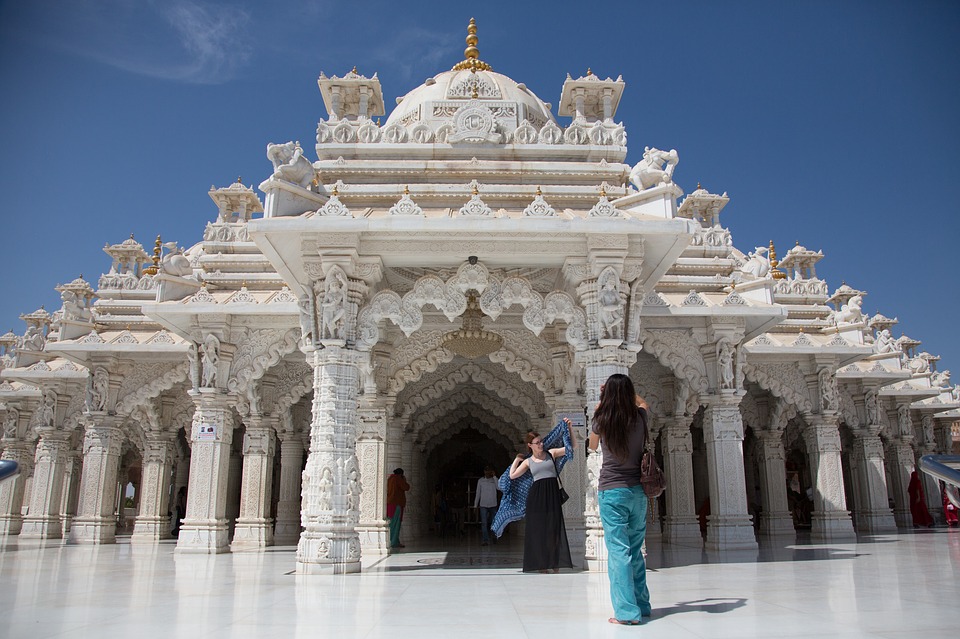Surrounded by Sierra National Forest on the southeast, Yosemite National Park is a jewel in California’s crown. In the lap of Yosemite Park lies the highest waterfall called the Yosemite Falls.
The overall height of the fall from top to bottom is 2,425 feet or 739m. It is situated in California’s Sierra Nevada and is a common hub for tourists. When spring is at its peak, the glazing water flows in full force.
The fall consists of three separate drops, namely the Upper, Middle, and Lower Yosemite cascades. Buckle up to know more about Yosemite in complete detail through this comprehensive guide.
Getting There: How To Climb The Columbian Rock Trail At Yosemite Falls?

Elevation: 3,967 feet or 1,347 m approx.
Elevation Gain: 1000 ft or 300 metres
Distance: 3 miles round trip if you cross the lower trail
Time to Hike: 1.5-2 hours
Columbia Rock is just a preview of the trail that comes along the Upper Yosemite Falls. It lets you check the views, switchbacks, and dropoffs without having to discover the entire trek. However, there’s a difference between the Yosemite National Park views and that of the fall.
The hike is medium. However, you might have to switch trails every now and then, mainly to get a better look at the valley. It is steeper than other trails, most of which reach up to the valley rim on the contradictory side of the Yosemite National Park.
Yosemite Falls mainly comprises melting snow, the maximum of which emerges during the Spring season. Hence, the best months to visit the trail are April, May, and June.
Different Sections Of The Falls

The infamous falls flowing out of Yosemite comprise three primary sections. Let’s check them out:
Upper Cascades of the Yosemite
The upper side of Yosemite Falls is 1,430 feet in total and takes up half the space of the drop. Valley floor trails form the upper base, whereas the outside park areas form the lower base.
The swiftly-flowing water at Yosemite Creek constructs the formation of the upper fall. After meandering through the popular Eagle Creek Meadow, it drops to the hanging valley edge, thus providing a fantabulous depiction of force.
Middle Part
Just when you think that the two main plunges aren’t enough to satisfy your eyesight, there comes the middle portion of the fall. Consisting of four tiny plunges, this part of the Yosemite is known as the Middle Cascades.
When joined together, they form a complete drop measuring 657 feet, almost twice as high as the Lower Fall. The gorge is not only narrow but also restricts tourist visits. A number of viewpoints here miss to count this portion entirely.
On the other hand, various vantage points in the cascades are visible when following the Yosemite trail. Multiple hikers climb down the trail and run toward the cascades, which is indeed a very steep and dangerous terrain.
The Lower Yosemite Fall
Yosemite Falls ends here at a 320-foot deep drop parallel to an accessible tourist spot. For those who have gone there just to visit the waterfall, this point can be the best one as it is crowd-free.
Right from the Lower Fall base, Yosemite Creek, which blends into the Merced River, is visible. A lot of regions in the place form small pools around the Lower Fall, which are surrounded by treacherous terrains and slippery surfaces.
Seasonality Of The Yosemite Falls

One of the best reasons why tourists love visiting Yosemite is its year-round availability. However, there are a few things one has to keep in mind if they aren’t really sure about which season is ideal for the visit:
1. Spring
As mentioned already, the waterfall is at its full force in spring. The hike is fantastic during this time as you get to see some fulfilling views. Secondly, some claim to get wet from all the water falling through the height.
From February to April, the weather remains between 60-38 degrees Fahrenheit. So, there’s not much of a drop, although you might want to keep some warm sheets for the night camp.
2. Summer
It gets really dry and hot during the summer which is paradoxical, provided that there’s a huge waterfall right beside the park. Temperatures may rise upto 89℉ or 32℃ as the highest temperatures. The minimum ones remain around 38℉.
The one thing you should keep in mind is that during the summers, loose decomposed granite in the area becomes essentially slippery. As soon as August comes, the water levels are almost gone, and you just get to see a trickle.
3. Winter
Unlike other icy trails, the Yosemite trails receive direct sunlight during the cold months. Hence, tourists can enjoy snow-free hiking. Moreover, the upper portion receives scanty sunlight which is why they mostly remain slippery and icy.
From October to December, the temperature falls down to -2℃. Precipitation remains between 13-79 mm, which makes the trail even more difficult. If not too necessary, try skipping out on the trail during winter.
Stargazing and Other Interesting Activities Near Yosemite

There’s so much water flowing at lightning speed that forces the Conservancy at Yosemite to call for a nighttime stargazing arrangement. It takes place right beside the falls, where loudspeakers and microphones are attached to help the attendees get clear audio of the presentation.
Some also say that they could feel the mist from the waterfall, which is a unique experience on its own. And it’s not only about Yosemite but also about the copious water amounts found across the park.
The infamous Mist Trail often leaves hikers soaked completely. These drainages are draining for several years from now and they are nothing new. However, the falls change their shape every time a new season comes in.
Another classic viewpoint, the famous Ribbon Fall provides a clearer view of the road to visitors. As soon as they drive into the Yosemite Valley, they will get a glance at both Yosemite and Bridalveil Falls.
It’s better if you do not expect seasonal waterfalls that continue all through the year. All the waterfalls inside the Yosemite dry out as soon as June enters. In Sierra and other cold areas, you might see snow patches whenever the temperature starts heating up a bit.
Customs and Courtesies You Must Follow On The Trails

Whenever we visit an entirely strange land, it is necessary to be safe and keep the necessary precautions in mind. Given below is a list of courtesies and customs you must remember while traveling to Yosemite Falls:
- Do not leave developed trails to discover unidentified roads. You are possibly trampling vegetation by cutting across the path. Ugly ditches might appear on the soil once the loosened earth is washed away.
- It is important that you travel in single pairs on trails. Always make some space between you and the person in front so that you don’t bang into them if they stop somehow.
- Hikers must always come up choosing the right path.
- Fourthly, if you see people riding on horseback, try not to proceed any further. Mules, as well as horses, get spooked by tourists. Let the animals pass before you and avoid creating havoc situations.
- Tourists must have a common sense of not picking wildflowers or touching plants within the trail. Be a visitor, not a destroyer of nature.
- Make sure you don’t touch anything on the trail or try to remove branches or logs. Touching things without approval from the authorities can cause unprecedented problems for you.
Safety measures to keep in mind…
- Always be cautious and keep your eyes and ears open. The terrain of Yosemite Falls is not one of the easiest ones. If you want to avoid injuries and accidents, make sure to be safe.
- Begin early with your hike, as the trails get very hot during summer. When planning to start early, you are going to hike when the days are cooler. A number of parts are completely exposed and have no shade till the sun goes down.
- Be essentially hydrated if you want to prevent heat strokes or blackouts during hiking. Plenty of water and liquid intake is important, along with resting in the shade and eating healthy.
- Get ready with your first-aid kit, as the terrain has a lot of loose sand in the path. The footing gets too slippery at times and leaves people with sprained ankles and scars.
- Do not go beyond your hiking capabilities because not everyone has the same potential. If you feel like you cannot go any higher, stop and return to the base.
The Bottom Line
Yosemite Falls is a true wonder of nature. Where one side, there are luscious green forests packed with rich fauna and flora, and on the other side are full of watery bodies like Yosemite and Bridalveil Falls.
If your hiking soul got triggered with this guide, make sure to add Yosemite to your next trip. While you live young, ensure to make your life worthwhile. Discover these secluded destinations full of eye-catching sights.













